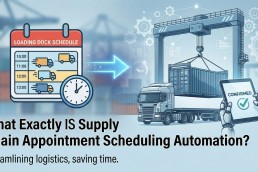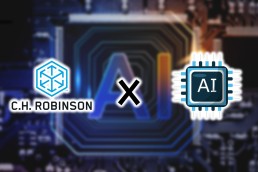How to Integrate Appointment Scheduling Automation

Implementing appointment scheduling automation doesn’t mean a one-size-fits-all approach. Recognizing that different companies have varying technical landscapes, resource availability, and integration needs, providers offer multiple pathways to adopt automation. BiggerPicture offers three primary ways to integrate scheduling automation into an existing workflow.
The first, and simplest, is the Browser Extension. This option is designed for brokers or carriers who want to quickly add scheduling automation capabilities without a complex setup. It functions as a module that sits on top of their existing TMS experience, accessible through a web browser. This extension handles integrations with third-party portals and email communication, providing access to the automation features. Getting started with the browser extension is notably fast, taking “just two weeks to get up and running”. It’s described as “pretty straightforward” and provides immediate access to the core automation functionality.
The second option is the Embedded Widget. This approach provides a more native integration compared to the extension. Think of it as a “scheduling button” that is embedded directly within the customer’s TMS interface. When clicked, it captures the workflow for the end user within the context of their familiar TMS environment, making the automation feel more like a built-in feature. While more integrated than the extension, implementing the embedded widget is still relatively manageable. It can take “up to two weeks of development on the carriers and broker’s end,” but the exact time “would depend on their ability to access that process” and their internal development capacity.
The third option offers the deepest level of integration: the Full API Integration. This involves directly connecting the automation platform into the customer’s system via APIs. The goal is a completely native solution where users interact solely within their own TMS platform; they “never see anything tied to BiggerPicture,” for example. It truly becomes part of the TMS’s workflow. Because this involves custom development and building direct connections between systems, the implementation timeline is highly variable and “is really dependent on the development team of that carrier or broker”. This option is best suited for companies with internal technical resources and a desire for the most seamless, behind-the-scenes automation.
By offering these distinct integration options, companies can choose the level of complexity and integration that best aligns with their current technology stack, development resources, and strategic goals for automation.


